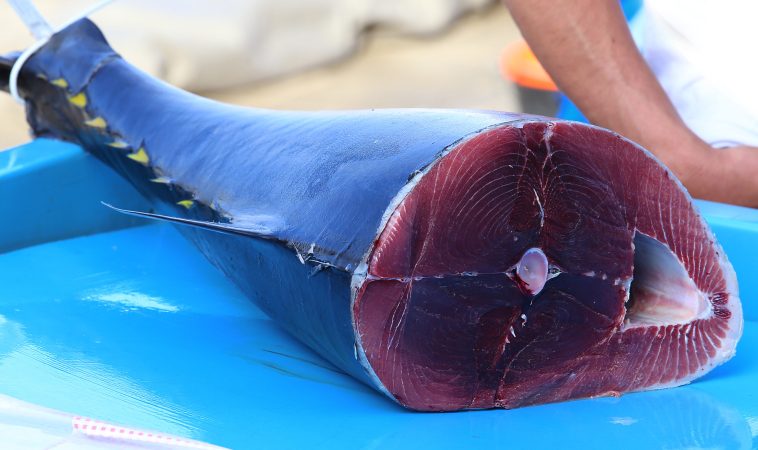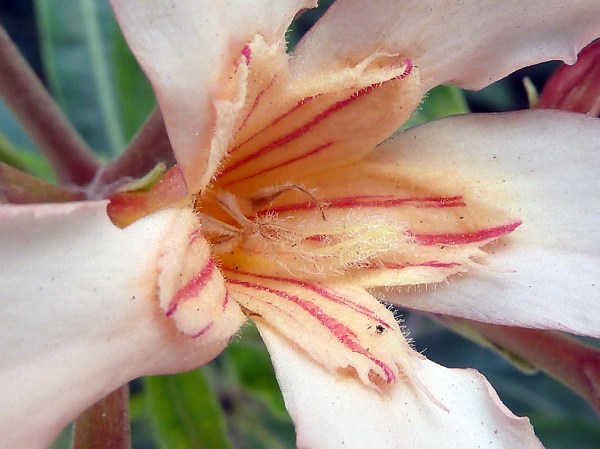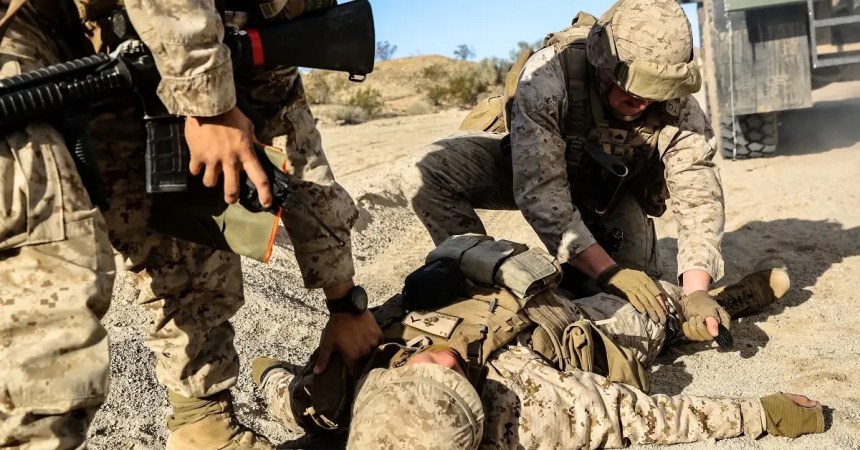In medieval times, feeding large troops was a huge challenge, especially when combat extended longer than anticipated. The soldiers would result to alternative methods as survival was key not only in the field but also back at camp. During combat in the 21st century, food scarcity is no longer a big issue because foods with longer shelf-life are available, like MREs, although sometimes soldiers find themselves in difficult circumstances during secret squirrel operations. It is crucial to know how to identify edible foods safely while in the wilderness for such reasons.
Numerous plants and animals are found in the wilderness, but not all are safe for consumption. The most important thing is to avoid anything strange, particularly plants. If you are not knowledgeable of a plant, do not eat or touch it. The best way to identify edible plants safely is by using a guidebook with consumable vegetation and, if possible, take survival lessons from those high-speed/low-drag schools battalion is always looking for voluntolds for. Some plants are highly poisonous and can lead to death when ingested or touched.

Insects and bugs are also edible, but you should keep away from spiders and millipedes as well as anything hairy such as bees. The best bugs and insects to feed on are those with crunchy chitinous exoskeletons such as ants, crickets and termites. Do not eat roaches. Survival experts claim that crickets’ flavor emulates that of nuts while ants may taste like lemon. Grasshoppers, slugs, snails and earthworms are also harmless choices found under logs or rocks. Additionally, avoid anything with stingers or venomous. Scorpions, however, are an exception but should only be consumed after removing their venomous tail.
Any bug or insect with bright colors, more than six legs or a weird body structure should be avoided. Similarly, keep away from plants, amphibians or marine life with bright colors because most of them are naturally poisonous. Plants are harder to identify because species look alike, but some might be edible while others are toxic. When searching for these edible plants and animals, ensure you check in safe places. For instance, it is dangerous to seek food on steep slopes or cliff edges or within sight of the enemy. Always survey in terrains that pose no danger to your life.

Without a doubt, cooked food is always the best. Whether a soldier or adventurer, find a way of cooking the insects, bugs, fish, birds or animals obtained. This will help get rid of parasites that might be benefiting from the animal. Also, when food is properly cooked, your body uses less energy during digestion. It is important to conserve as much energy as possible in a survival situation because what will happen next is uncertain. Perhaps it might take you days to find another source of food because your foraging spot has enemy troops patrolling it.
The simplest way of cooking food in the wilderness is by roasting. All it takes is lighting a fire with logs of wood then passing your food over the fire. Smoking meat is a method of preservation used by soldiers during combat in the wilderness. While it is not as good as refrigeration, it will preserve the meat for a while longer.
At the same time, fruits are crucial because they are essential vitamin sources, but some might be dangerous. If you are uncertain about a fruit, keep away from it. You can obtain vitamins and minerals from spruce needles. Most importantly, do not forget to take water because your body needs this to survive. The best water source is that which flows everytime. Stagnant water might contain germ-causing bacteria and, when consumed, lead to severe illness.

















